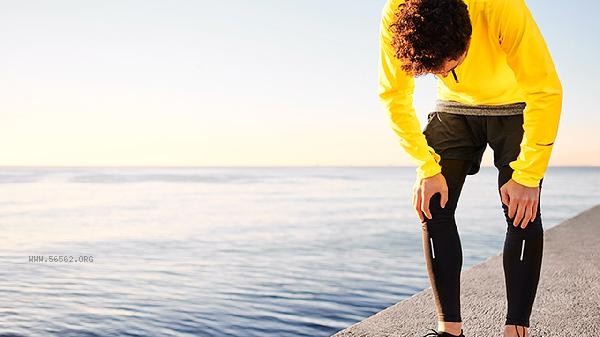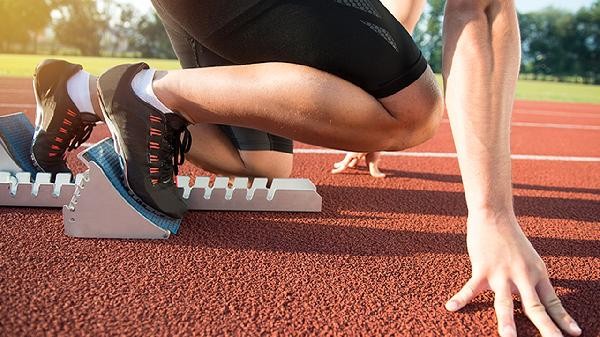Abdominal pain during running is usually related to excessive exercise intensity or improper breathing patterns, and in rare cases may be caused by gastrointestinal diseases. The main reasons are insufficient warm-up, immediate exercise after meals, respiratory disorders, gastrointestinal spasms, chronic gastroenteritis, etc.

1. Insufficient warm-up
Insufficient warm-up before exercise can lead to insufficient blood supply to internal organs. When suddenly running vigorously, the diaphragm and visceral ligaments may be stretched, which may cause dull pain in the upper right or upper left abdomen. It is recommended to do 10 minutes of dynamic stretching before running, focusing on the waist, abdomen, and hip joints, gradually increasing heart rate before starting formal training.
2. Exercise immediately after meals
After eating, the gastrointestinal tract requires a large amount of blood to participate in digestion. Running at this time can cause blood to flow to the muscles, leading to gastrointestinal ischemic pain. High fat and high protein foods require longer digestion time, and it is recommended to exercise 2 hours after meals. If postprandial exercise is necessary, low-intensity brisk walking can be chosen instead of running.
3. Respiratory disorders
Shallow and rapid breathing can cause frequent twitching of the diaphragm, stimulating the abdominal nerve plexus and producing a cramping sensation. When running, one should maintain a three-step inhalation and three-step exhalation rhythm, and use abdominal breathing instead of chest breathing. During winter running, you can warm up the cold air by pressing your tongue against your palate to avoid direct stimulation of the stomach and intestines.

4. Gastrointestinal spasm
Increased intestinal peristalsis during exercise may cause paroxysmal colic, which is common in people who exercise after drinking sugary drinks. This is related to changes in intestinal osmotic pressure, and it is recommended to avoid a high sugar diet one hour before exercise. When spasms occur, immediately slow down and massage the navel area clockwise with your hand to relieve symptoms.
5. Chronic gastroenteritis
People with gastritis or irritable bowel syndrome are more likely to experience pain during exercise. This type of pain is mostly in the upper abdomen and may be accompanied by a burning sensation. It is necessary to avoid fasting exercise and follow medical advice to use medications such as magnesium aluminum carbonate tablets and compound glutamine enteric coated capsules to protect the gastrointestinal mucosa.

Daily attention should be paid to recording the time of pain occurrence and its correlation with diet, and choosing breathable sportswear to avoid catching a cold in the abdomen. Long term recurrent abdominal pain patients need to undergo gastrointestinal endoscopy to rule out organic diseases such as ulcers. After exercise, you can drink warm water to replenish water and avoid eating stimulating foods immediately. It is recommended to start training with low-intensity interval running and gradually adapt before increasing the amount of exercise.






Comments (0)
Leave a Comment
No comments yet
Be the first to share your thoughts!